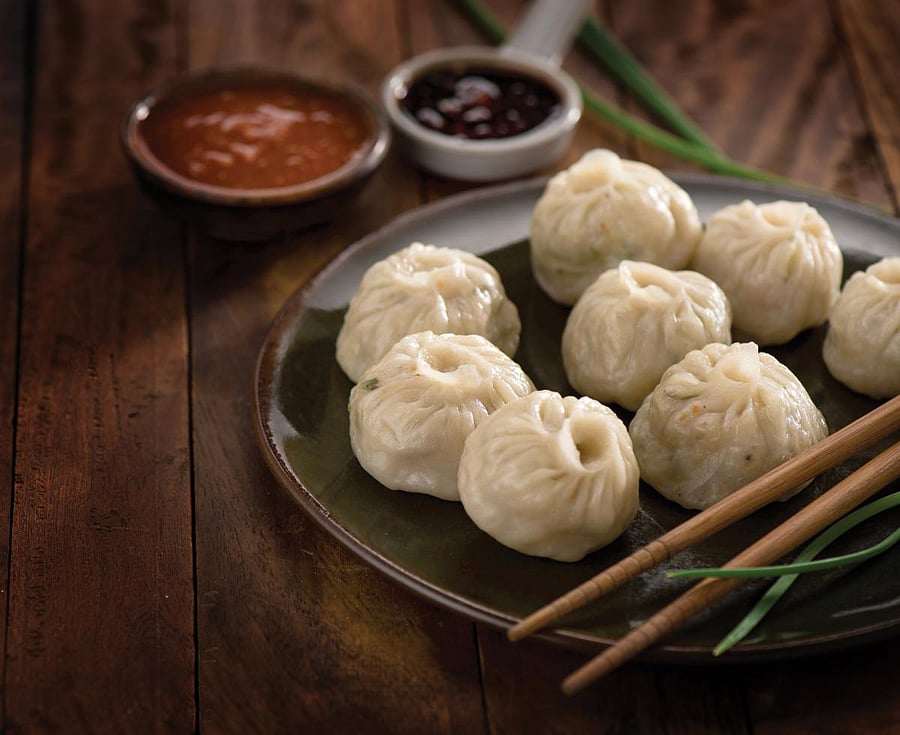
It’s very hard to find people who don’t like momos; almost as hard as it is to a food street in the city that doesn’t have a favourite momo-wala.
And what’s there not to like? It’s tasty, healthy and cheap. But how did this steamed dumpling entrench itself so firmly in the country’s food map.
The origin
Though there are many who claim its origin, it’s mostly derived from the Tibetan region.
There’s also a theory that the Newar merchants of Kathmandu brought the recipe from Tibet during their trades.
The dough wrapped bite-sized item can be stuffed with veggies or meat. Though the steamed version is what is widely popular, there are many other versions of it, including the fried ones.
In the making
It’s quite simple to make the dish, but it’s the technique of making it is what gives it the final effect.
It’s a simple white flour and water combination that’s needed to make a dough. Some like to add yeast or baking soda to give a more doughy texture.
As mentioned earlier, the stuffing has changed from only minced meat and veggies to a lot more elaborate now. In fact, you think of an ingredient and it can be used to make a momo now, including chocolate!
Here’s how you make it: You’ll need to roll out the dough into small circular flat pieces. Add the fill and you can either cover it in a round pocket, half-moon or crescent shape. You cook the momo in a utensil called mucktoo. Again, as mentioned earlier, sometimes these dumplings are deep-fried or pan-fried after being steamed.
Stuffin’ goodness
Vegetarians might not like this piece of information but it’s said that the original stuffing in a momo was yak meat. There weren’t too many vegetables to cook with in the cold Himalayan regions; yak meat was the next best option. But when that recipe travelled down the map, yak was soon replaced with chicken. It’s not only easy to cook but also cheap.
The stuffing differs with region too. In Nepal, Tibet, Sikkim and Bhutan, you’ll mostly find chicken, pork, goat, meat and buffalo meat.
In many parts of India and Nepal, you’ll find ingredients like chopped cabbage, cottage cheese, potato, flat bean, soy granules and carrot.
Hot ‘n’ spicy
The momos are incomplete without the hot, spicy chutney, especially if it’s the steamed ones. You don’t need too many ingredients.
While there are various other versions of the chutney, here’s a simple one that you can try at home.
You’ll need dry red Kashmiri chillies, tomatoes, sugar, garlic, black pepper powder, vinegar and salt. In a pan with water, add the tomato and chilli and boil it till it becomes soft. Drain it off, wait for it to cool and grind it in a mixer. Be sure to add a teaspoon of sugar to it. Now’s the time to add the garlic cloves, black pepper and salt too. Finally, add the vinegar, grind well. Add water till you get the consistency you are looking for and your sauce is ready.
